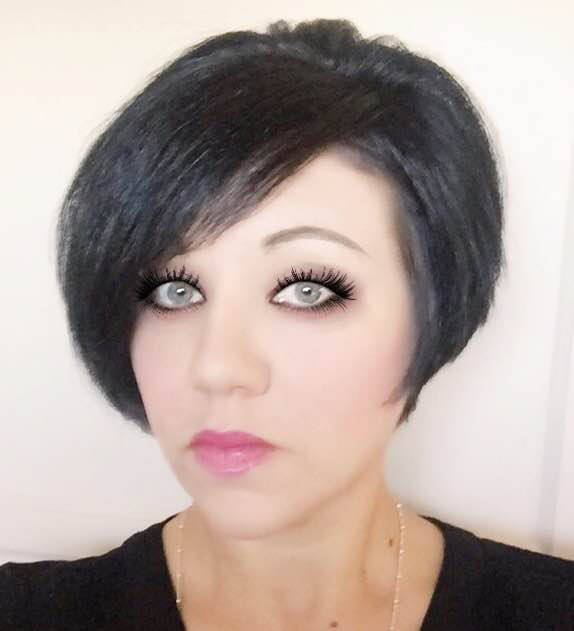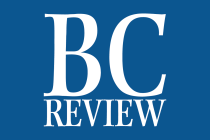Photos only capture moments, not essence of experience
A few weeks ago my framily (friends who are practically family), Monica Maltese and Gabriel Carvajal, came through Boulder City on a cross-country adventure. They started out on the East Coast and were San Diego bound.
As the pair drove across our great nation, they took deliberate detours to check out important landmarks. As they made their way west, I followed their road trip’s Facebook album. It contained a growing collection of photos as they stopped at the Alamo, White Sands National Monument, Petrified Forest and the Grand Canyon.
We met in historic downtown Boulder City, and Monica had already taken a selfie with our resident Zoltar, thanks to Characters Unlimited. We then grabbed a selfie in the World Famous Coffee Cup and followed breakfast with a stop at Hemenway Valley Park to grab photos of the bighorn sheep.
As I got to play tourist for the day, I realized all the picturesque opportunities, aside from Lake Mead and Hoover Dam, that Boulder City has to offer.
Before Facebook albums to document road trips were a thing, one famous photographer named Margaret Bourke-White came through Boulder City in the ’30s to take photos of Hoover Dam. Bourke-White wasn’t the official dam photographer, but it was her work that inspired the dam’s official photographer, Ben Glaha. The Museum of Fine Arts, Boston’s website currently showcases an image she took of the then-named Boulder Dam.
The Library of Congress dubbed Bourke-White as a “woman of firsts,” stating she was the first photographer for Fortune magazine, the first Western professional photographer permitted into the Soviet Union, Life magazine’s first female photographer (who also landed the magazine’s first ever cover) and she the first female war correspondent credentialed to work in combat zones during World War II.
What Bourke-White captured from her camera’s lens not only documented her travels throughout the world but also identified important moments in history. Her work captured the rise and fall of Nazism, including photographing Jewish concentration camp prisoners, as well as the corpses of Nazi officials who died by suicide after the liberation of the Weimar concentration camp. In her travels around the world, Bourke-White also worked alongside the U.S. government where she came under direct fire.
Today, we have selfies and Photoshop to document our journeys. Back then, Bourke-White was photographed sitting on top of the 1,046-foot-tall Chrysler Building in New York, draping herself over a gargoyle, to get a bird’s-eye view of Manhattan. She was inventive, daring and saw things not only for either their beauty or ugliness, but for the historical impact her subject had on the world.
In 1963 Bourke-White couldn’t take any more photos. She was diagnosed with Parkinson’s disease. In spite of a variety of attempts to slow the disease, including two brain surgeries, her journey to be a silent observer by letting a picture speak 1,000 words had changed its course.
Bourke-White decided to tell her story by writing an autobiography appropriately titled “Portrait of Myself.” Her autobiography, along with the many other books dedicated to Bourke-White’s work, is my Throwback Thursday recommendation today. And, if you can find it, I also recommend “Double Exposure: The Story of Margaret Bourke-White.” It’s a 1989 TV movie with actress Farrah Fawcett playing the famed photographer.
While fully aware of her autobiography’s best-seller status, Bourke-White’s diagnosis led the single and childless photographer to become increasingly isolated. With her worldly experiences behind her, she battled Parkinson’s disease surrounded only by the fond memories she had captured with her camera — memories that sat beautifully frozen and framed on the walls of her home before her passing in 1971.
Bourke-White saw what was most interesting and impactful in the everyday occurrence, something most of us only notice when an event such as a road trip or family coming to town occurs. And while it is easy for us to take a quick selfie, I believe it is the experiences we have with one another that truly define us beyond the lens of any camera.
Tanya Vece is an entertainment and music writer who resides and volunteers in Boulder City. You can follow her adventures on Instagram @hollywoodwriter.




